 AB Design
AB Design
 AB Design
AB Design
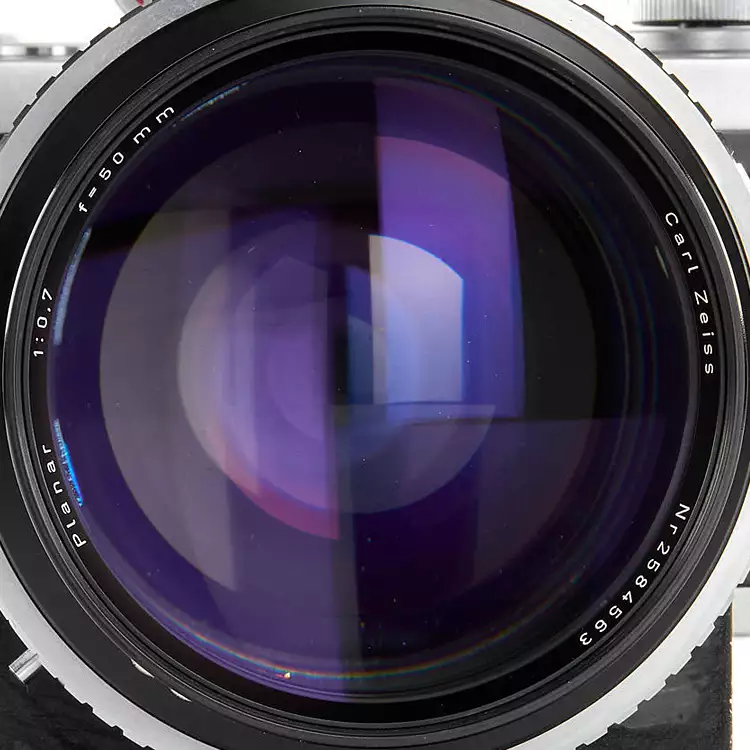
The Zeiss 50mm f/0.7 lens was commissioned by NASA for space photography during the 1960s. Only ten were made: Zeiss kept one, NASA ordered six, and three were bought by film director Stanley Kubrick.
Zeiss describe their 50mm f/0.7 as "the most famous lens in the world". But while they're happy to dispel the popular myth that it was used to photograph the dark side of the moon, they stop short of saying what NASA actually did with it. To learn the truth and figure out why NASA commissioned this iconic piece of glass, I set out to answer four questions:
Due to the myths, misinformation, and wild speculation that shroud this lens, I relied mainly on NASA documents and other primary sources from the 60s and 70s. These are the projects / missions I looked at:
Ranger
Lunar Orbiter
Surveyor
Project Gemini
Apollo
The Ranger Program consisted of 9 robotic probes designed to photograph the moon. The first 6 attempts failed (and generated a great deal of criticism), but missions 7-9 were a success. The probes photographed the moon as they descended, and continued to do so until they struck the lunar surface and were destroyed. Ranger 7 sent back more 4300 photos.
Photography was managed by 6 TV cameras fitted with either a telephoto lens or an Angénieux 25mm. The first images beamed back to Earth were from the Angénieux.
The Lunar Orbiter program was a great success. Its 5 missions photographed 99% of the lunar surface and enabled scientists to locate possible landing spots for the Apollo flights. Photography was managed by an integrated camera system designed and developed by Kodak.
The camera used a hi-res telephoto lens and a medium-res Schneider Kreuznach 80mm f/2.8, and included a film processing system that transmitted the photos back to Earth. This NASA document, A History of the Lunar Orbiter Program, discusses the Kodak camera and Schneider lens on pages 155-157. This part warrants attention:
The Kodak special high definition aerial film, Type SO-243, had a slow exposure index of ASA 1.6. It was extremely fine-grain film, requiring low shutter speeds, but was also less susceptible to radiation fogging.
Bruce K. Byers
NASA, 1977
Had that Schneider 80mm lens been an f/0.7 rather than an f/2.8, shutter speeds could have been up to 16 times faster, resulting in much sharper images. Here's one of the photos taken by the Schneider on Lunar Obiter 2 (Frame 2213, November 1966).
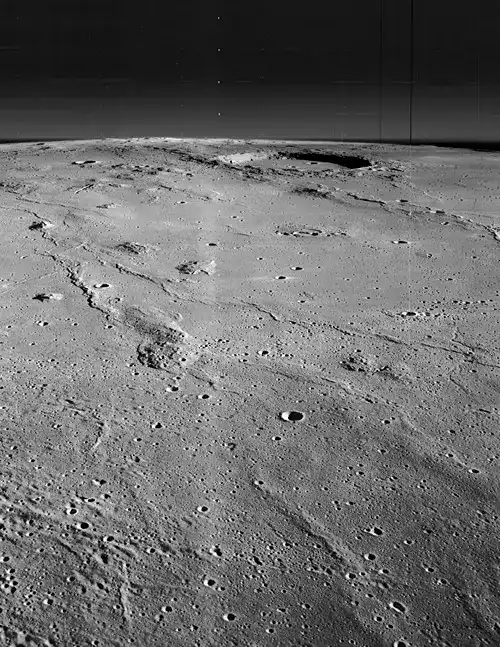
The Surveyor Program ran pretty much concurrently with the Lunar Orbiter Program. Its aim was to determine if soft landings on the moon were possible. Put another way, if you land a probe on the moon, will it sink into the lunar surface or bounce back into space.
Seven Surveyor probes were sent to the moon, 5 of which touched down successfully. All probes had a TV camera fitted with 25mm and 100mm lenses. An example of the camera is kept at the Smithsonian Institute in Washington DC.
The goal of Project Gemini was to launch astronauts into low Earth orbits and conduct a series of tests in preparation for the Apollo Program. The Zeiss 50mm f/0.7 lens played no part in these missions, but Gemini IV is crucial to understanding what may have been its intended purpose.
Two astronauts flew on Gemini IV, James McDivitt and Ed White. In June 1965 Ed White exited the capsule and became the first American to walk in space. This photo of Ed (taken by James McDivitt) is one the most iconic images of all time.
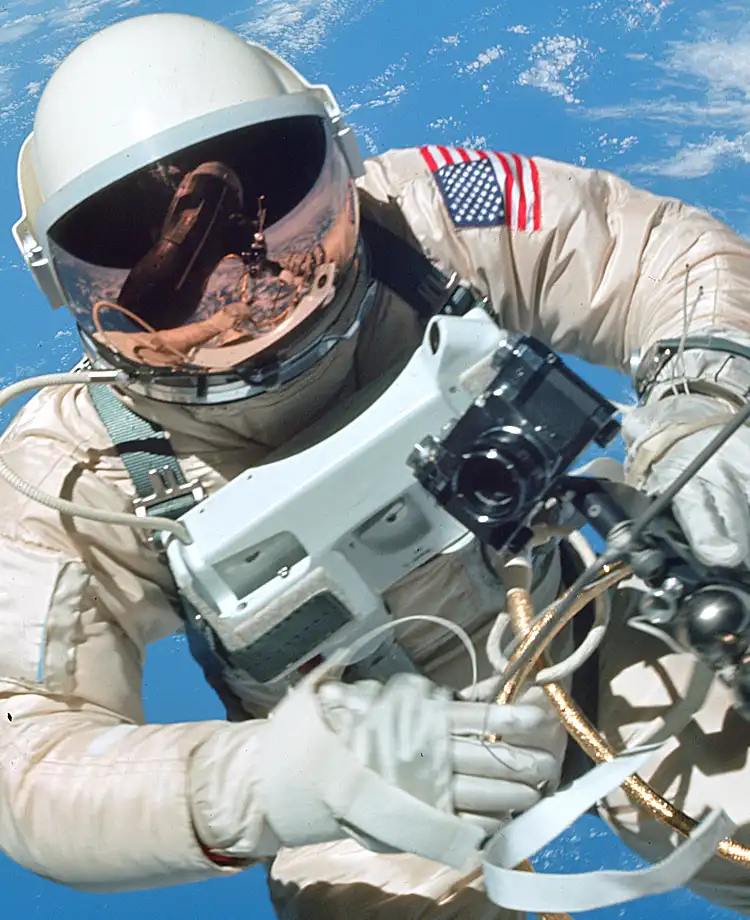
Ed White became a national hero. TV stations around the world broadcast news of his spacewalk and magazines ran full-page color spreads. Along with astronaut John Glenn and cosmonaut Yuri Gagarin, Ed White was one of the most famous men on the planet.
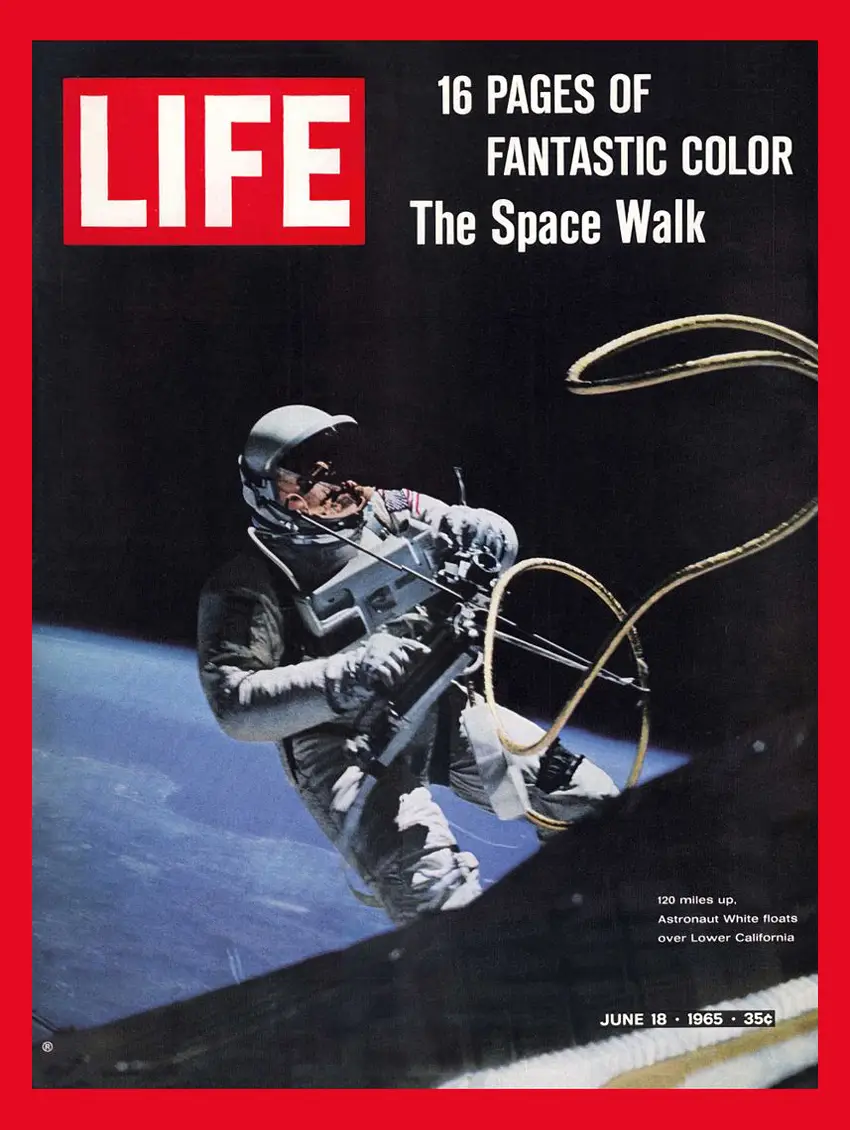
Notice the camera Ed White had with him. It's a Zeiss Ikon Contarex with a Zeiss 50mm f/2 lens. Sometime during the following year a batch of much faster lenses, the Zeiss 50mm f/0.7, was delivered to NASA. And since these lenses were incompatible with Ed White's camera (unless NASA were to extensively modify it), Zeiss designed a special camera for them.
The practical possibilities opened up by the introduction of the 50mm f/0.7 Zeiss Planar lens, the fastest lens available, are exemplified by a picture taken by the well-known German sports photographer, Erich Baumann. With a Zeiss Ikon experimental camera fixed with this lens he took a picture of a Mercedes car speeding at night through a banked curve. Only the parking lights and the interior light were switched on, yet many details such as the face of the driver and the licence number plate were rendered clearly visible. Even at full aperture this eight-element lens is claimed to give optimum sharpness. It is at present manufactured for special applications in space photography.
Royal Photographic Society JournalVolume 108, 1968
I don't know if this experimental camera was sent to NASA at the same time as the 50mm f/0.7 lenses, or if Zeiss made it because NASA's attempts at modifying an off-the-shelf camera failed to produce acceptable results. But none of this matters. For reasons that'll become obvious, the f/0.7 lenses were never used in space.
Along with his 2 fellow astronauts, Ed White died in the fire that destroyed Apollo 1. The subsequent enquiry didn't identify a particular ignition source, but investigators found evidence of vulnerable wiring and electric arcs.
The three astronauts had been put into what even a high school chemistry student would know was a potential oxygen incendiary bomb, one needing only a good spark to initiate catastrophe.
New York Times
April 1967
NASA really tightened up their act after the fire. New regulations for photographic equipment pertained to wiring, wire coating, protective insulation, soldering, sealed switches, and secure connectors. Anything with potential to cause even the tiniest electric spark was off limits.
Take another look at those two electric pins on the Zeiss 50mm f/0.7 lens. After the fire, there's simply no way this lens would've been allowed near an Apollo cabin.
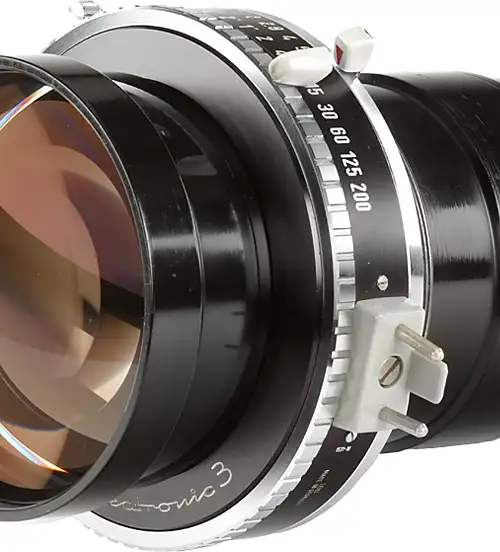
Manned Apollo missions resumed in October 1968 with the launch of Apollo 7. No Zeiss Ikon cameras or 50mm f/0.7 lenses were used, but this is understandable. Hasselblads had performed admirably ever since their first NASA mission back in 1962, and Zeiss had designed a new range of 60mm "moon" lenses that complied with NASA's strict requirements.
I looked at press kits and mission summary reports for all manned Apollo flights, but inventories of photographic equipment are much the same from one mission to the next. Hasselblad ELs debuted on Apollo 8 and factory-modified Nikon F Photomics (fitted with a 55mm f/1.2 lens) were greenlit for use on Apollo 15-17.
It's likely that NASA commissioned the Zeiss 50mm f/0.7 lens as a faster version of the lens Ed White used on Gemini IV. Zeiss also made a special version of Ed White's camera to accommodate the lens, and it's possible they was intended for Apollo missions. But after the fire on Apollo 1 and NASA's massive safety overhaul, these iconic Zeiss lenses were never used in space.
No. It's generally understood that Gus Grissom, who died alongside Ed White in the fire, was scheduled to be the first man on the moon. Had the fire not happened, Ed White might have teamed up with Grissom again and been the second man on the moon.
A camera identical to Ed White's was flown aboard Gemini V. According to the NASA press kit (page 68), the camera was fitted with a 1270mm telephoto lens and used for "celestial body photographs". I'm sure 1270mm is a typo and think this lens may have been an Astro Berlin 640mm fitted with a 2x teleconverter.
NASA employed a similar naming convention for the Angénieux color TV lens used on Apollo 11. While they described it as a 6 x 25mm zoom (ie, a focal length of 25mm to 150mm), it was in fact a 6 x 12.5mm lens with a 2x teleconverter.